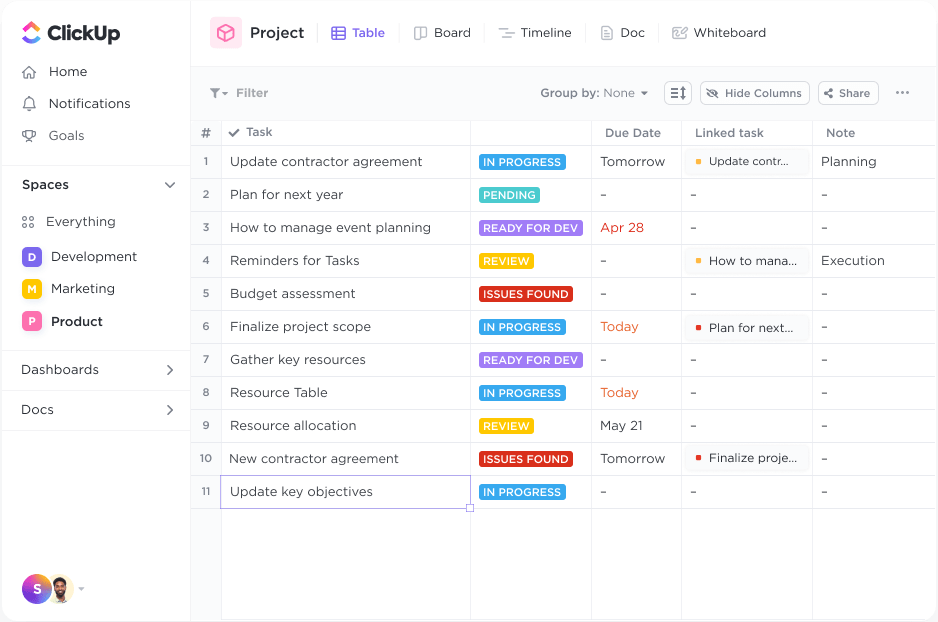3 Ways to Display Excel Sheets on Multiple Monitors

Managing multiple spreadsheets or datasets simultaneously can significantly boost productivity, especially in data-intensive fields like finance, data analysis, and project management. Displaying Excel sheets on multiple monitors provides users with a broader workspace, allowing them to compare data or manage complex projects with ease. This article outlines three effective methods to extend your Excel experience across multiple screens.
Using Excel’s Built-in Features

Excel itself offers features that can help you utilize multiple monitors effectively:
- Extended Desktop: Windows and macOS systems support extended desktops, where you can drag your Excel windows to different monitors.
- New Window: Open a new window for the same workbook with File > New Window. This allows you to have multiple views of the same file.
- Arrange Windows: Use the "Arrange All" feature under the View tab to display multiple Excel windows side-by-side.
Here’s how you can set this up:
- Ensure you have the monitors set up in an extended display configuration.
- Open Excel and your workbook(s).
- From the "View" tab, click on "New Window" to create another view of the same file.
- Arrange the windows by selecting "Arrange All" from the same tab and choose "Vertical" or "Horizontal" as needed.
- Drag one of the windows to the other monitor using your mouse.
💡 Note: Remember to save your work regularly as multiple open windows can increase the likelihood of unsaved changes.
Using Third-Party Software

For more advanced or automated multi-monitor Excel usage, consider these third-party solutions:
- DisplayFusion: Allows for easy window management across multiple monitors with features like window snapping and custom rules.
- MultiMonitorTool: A free utility to manage windows and applications on multiple monitors, though it lacks Excel-specific functionalities.
- Actual Multiple Monitors: Provides a taskbar on each monitor and extended window management capabilities.
| Software | Key Features | Price |
|---|---|---|
| DisplayFusion | Window snapping, wallpaper management, and custom rules | Freemium model with Pro version available for $29 |
| MultiMonitorTool | Basic window management and placement | Free |
| Actual Multiple Monitors | Taskbar on each monitor, window mirroring, and virtual desktops | Starts at $24.95 |

After setting up these tools, you can automate your Excel window placement or customize your workspace for optimum productivity.
🔍 Note: Check for compatibility with your version of Excel before investing in third-party software.
Virtual Desktops and Docking Stations

Virtual desktops offer a digital space to separate different projects or tasks:
- Windows 10 and 11: Use the Task View button to create and switch between virtual desktops.
- macOS: Mission Control lets you create multiple desktops, called Spaces.
Here’s how to leverage virtual desktops for Excel:
- Create a new virtual desktop or Space on your operating system.
- Open Excel on each virtual desktop or Space with the desired workbooks.
- Switch between these desktops to access your spreadsheets.
Docking stations can also extend your laptop’s display capabilities:
- Connect your laptop to a docking station that supports multiple displays.
- Set up your monitors and extend the display using your laptop's settings.
- Open Excel on each monitor for an efficient workflow.
By using virtual desktops and docking stations, you can manage your Excel work across several screens, offering both flexibility and increased screen real estate.
🔧 Note: A docking station can enhance your setup, but make sure your laptop's hardware supports multiple monitors.
Displaying Excel sheets on multiple monitors is a game-changer for those dealing with extensive data analysis or managing multiple datasets at once. Whether you're using Excel’s in-built features, third-party software, or leveraging virtual desktops and docking stations, each method provides unique advantages:
- Excel's built-in features offer a straightforward way to manage workspaces.
- Third-party tools like DisplayFusion or Actual Multiple Monitors add customization and automation.
- Virtual desktops and docking stations allow for a more dynamic and space-efficient setup.
By exploring and implementing these methods, you can tailor your multi-monitor setup to your workflow, thereby improving efficiency and reducing the cognitive load of managing complex datasets. In this era of digital productivity, making the most out of your screen space can lead to significant time savings and better outcomes in data management.
Can I use different Excel files on different monitors?

+
Yes, you can. By opening multiple instances of Excel or using the “New Window” feature, you can drag different files to separate monitors.
Does using multiple monitors slow down Excel?

+
Multiple monitors should not directly affect Excel’s performance, but it depends on the hardware capabilities of your computer. Make sure your setup is optimized and your system can handle the additional screen real estate.
What if my Excel windows don’t snap to the monitor edges?

+
This could be an issue with your window management settings or the software version you’re using. Check for updates or consider using third-party tools that enhance window snapping functionality.